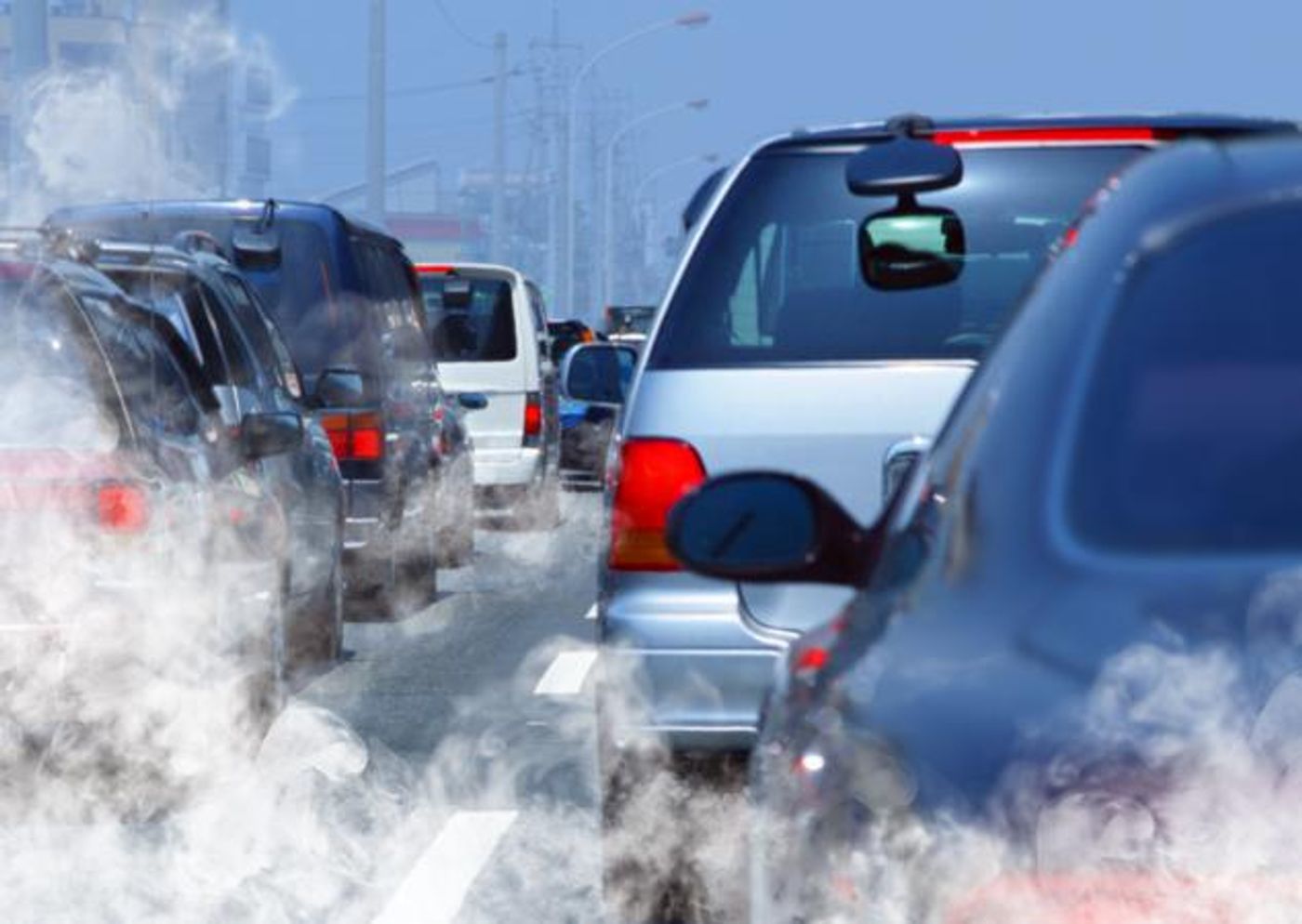A twist to air pollution
Air pollution regulation has been a relative success story within the US, with major cities like LA having seen huge improvements over decades of strictly enforced regulation on nitric oxides and hydrocarbons. (Nitric oxide is a compound emitted from engines and coal power plants; hydrocarbons are emitted from many sources including gasoline-powered cars, trucks, solvents, cleaners used both at home and in industrial settings, and even trees.) But, new research from researchers at Caltech and the University of Copenhagen shows that there may be a twist to the success story that we’ve been telling ourselves, and it’s not clear just yet what the consequences may be.
First, a little background. Because of the nature of emissions for nitric oxides and hydrocarbons, regulating nitric oxides has been a bit simpler than regulating hydrocarbon emissions and thus the reduction of emissions for this component of air pollution has decreased at a faster rate than that of hydrocarbons. Though the natural assumption would be, “The greater reduction, the better, no matter the ratio,” this new study shows that the ratio between nitric oxide levels and hydrocarbons levels may be more important than we knew. In fact, the discrepancy may cause the production of chemicals called organic hydroperoxides.
So, what are organic hydroperoxides? Well, first off, organic hydroperoxides are natural; they are often found in rural areas where there isn’t a lot car exhaust (i.e. low nitric oxide levels). Following Science Daily, “the molecules can form when trees off-gas volatile organic compounds that then interact with sunlight.” But this study illuminates that tree off-gassing isn’t the only way that organic hydroperoxides are forming.
Paul Wennberg from Caltech and the University of Copenhagen's Henrik Kjaergaard headed the study. They determined that a chemical pathway called gas-phase autoxidation occurs when there are not enough nitric oxide molecules for hydrocarbons to react with; so, instead, hydrocarbon molecules react with themselves. Before this research, scientists had not known that this process was possible in the atmosphere. "This is chemistry that does not exist in any of the models of how nitric oxide and hydrocarbons interact," says Wennberg.
Now the question is how urban regions like LA, which have levels of atmospheric nitric oxide that are suitable for gas-phase autoxidation, will be affected. When hydroperoxides are in the air they can form particulates. "As these nitric oxide concentrations go down by another factor of two over the next five to seven years, we're going to start making more and more organic hydroperoxides in urban areas," Wennberg says. "The problem is that we haven't seen large concentrations of hydroperoxides in heavily populated areas, so we don't know how the formation of gas and aerosol hydroperoxides will impact public health. But we do know that breathing in particles tends to be bad for you," he says.
Sources: Science Daily, PNAS









